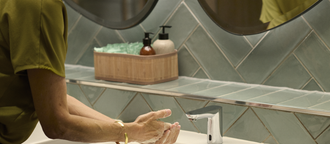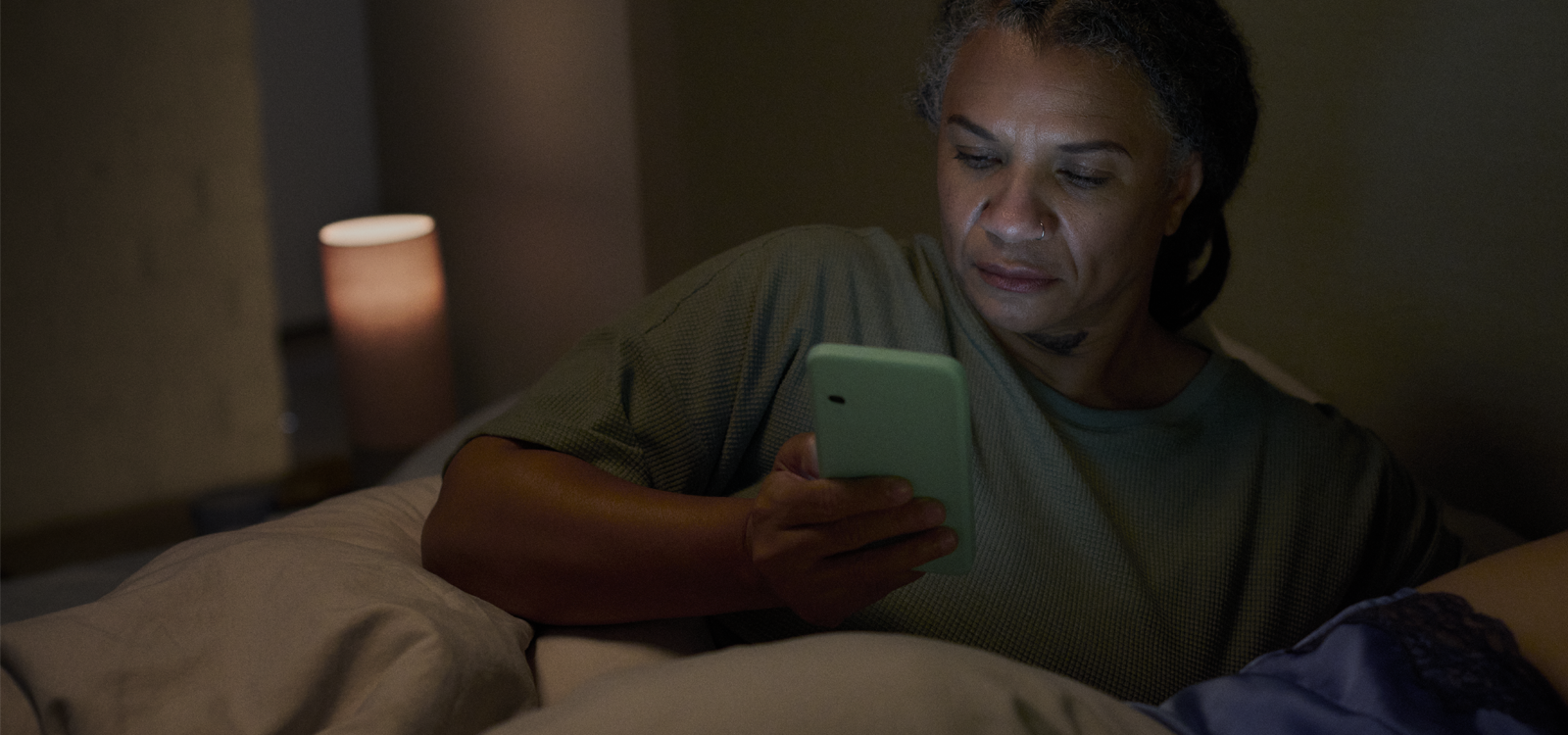Jun 07, 2024
What is urinary incontinence?
Urinary incontinence describes involuntary and unintentional urination. There are several types of urinary incontinence:
- Stress urinary incontinence
- Urge urinary incontinence
- Mixed urinary incontinence
- Overflow urinary incontinence
- Neurological bladder disorder
- Post-micturition dribble
- Functional urinary incontinence
Trying to understand just what urinary incontinence is can be confusing. The definition of incontinence can also mislead. There are many types and symptoms that can be similar – not to mention the terminology, which can also cause misunderstanding. All this can lead to negative emotions in those affected by incontinence.
Below, you’ll find clear descriptions of the different types of urinary and bladder incontinence and their symptoms and causes. When you know which type of incontinence you have, you’ll have a greater understanding of how better to manage and treat it.
Incontinence definition
Generally, urinary incontinence or bladder incontinence defines all involuntary leakage of urine. There are several different types and these include stress urinary incontinence, mixed urinary incontinence, urge urinary incontinence and other associated bladder incontinence conditions. Different types of incontinence have different symptoms.
If you’re in doubt or have questions you would like addressed, we recommend consulting a doctor. They can make an in-depth diagnosis starting with finding out more about your symptoms, such as how often it occurs, how much urinary leakage there is and when and in what situations it happens. They also need to assess how incontinence is affecting personal hygiene and quality of life, as well as discussing what steps have already been taken to prevent urinary leakage and what assistance is required for future management of the problem. You should consult a healthcare professional if you are concerned about incontinence, bladder incontinence or any other form of urinary leakage. You can also find out more about what causes incontinence here.
Different types of adult incontinence
Stress urinary incontinence
Stress urinary incontinence defines a situation that causes you to leak urine when exerting yourself - for example when coughing sneezing or laughing. Among women, stress urinary incontinence is the most common type, however it is rare among men.
Read > What is Stress Incontinence?
Urge urinary incontinence
As its name suggests, urge urinary incontinence describes incontinence problems connected with a sudden urge to urinate. The amount of urine leaked varies from small dribbles to a complete emptying of the bladder. Urge urinary continence has different causes. These can be an enlarged prostate, urinary tract infection or simply too much fluid intake. Because of this wide variation in potential causes, a proper diagnosis from a healthcare professional is recommended.
Read > Urge Urinary Incontinence and Bladder Spasm
Mixed urinary incontinence
Mixed urinary incontinence is a combination of both stress urinary incontinence and urge urinary incontinence. In other words, it means you can have leaks both connected with urgency and when exerting yourself as described above.
Overflow urinary incontinence
This occurs when the bladder cannot empty completely. Each time the person affected urinates, a small amount is left in the bladder and because of this, it gradually fills with residual urine. The most common cause for overflow urinary incontinence is an obstruction of the urethra - for example due to an enlarged prostate. A bladder muscle that cannot contract to empty can also be the source of the problem, something that can be related to diabetes neuropathy, for example.
Neurological Bladder Disorder
This describes damage to the brain, spinal cord, or nerves leading to incontinence or bladder or urination problems. Neurological bladder disorder can affect patients who suffer from damages caused by trauma, stroke, multiple sclerosis and Parkinson’s disease.
Post-micturition dribble
Post-micturition dribble is the involuntary loss of urine shortly after a bathroom visit. The person affected has often left the bathroom when this happens. It occurs due to urine remaining in the urethra. The problem is more common among men and can sometimes be avoided by pressing forward on the perineum to evacuate the remaining urine. It can also affect women who have poor muscle support for the urethra.
Functional urinary incontinence
This means that you cannot reach the bathroom in time due to some sort of physical impairment related to age, disability or living environment. It can describe when clothing cannot be removed quickly enough or moving from a wheelchair to a toilet cannot be done quickly enough. Other causes include impaired vision, lowered cognitive function or even physical environmental barriers such as the bathroom being too far away, a badly lit route to the bathroom or a light switch that is not easy to find or reach.







































































































